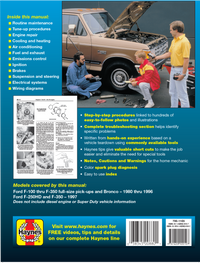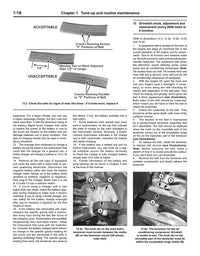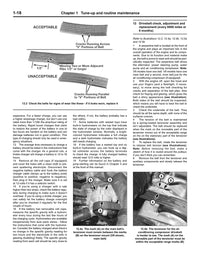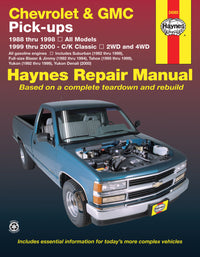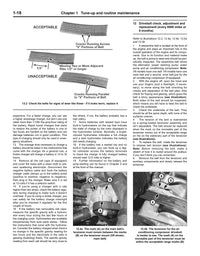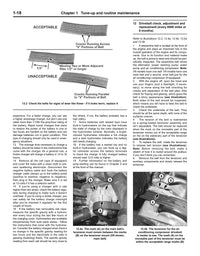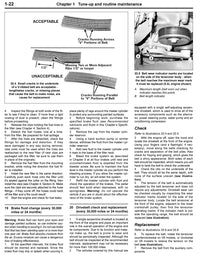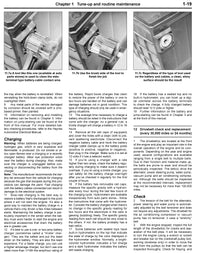If you find that the water no longer ‘beads’ on your car’s paintwork when it rains or when you wash it, a coat of polish wouldn’t hurt. In this quick tutorial we’ll explain how to polish a car, with tips on how to ensure the best results.
Most modern polishes use wax and/or silicone, and these clean the paintwork and leave a layer of protective wax on top. Read the label to make sure that the polish is suitable for your car – for example, some polishes can’t be used on metallic paintwork.
Almost all modern paint finishes are made up of two coats – a base colour coat, with a clear coat of resin or lacquer over the top. Don’t use abrasive polishes on such finishes, or you’ll remove the clear coat.
The following tips will give you the best results when polishing your car:
- Don’t polish in strong sunlight. If you do, the polish will dry immediately, and it’s likely to be hard to remove – you may even end up scratching the paint trying to get the polish off!
- Before you start polishing, wash the car, and dry it thoroughly.
- You’ll need two soft cloths – one for applying the polish, and one for buffing-off. Cotton cloths are best, as they avoid the problem of small particles of cloth sticking to the paint as you polish.
- It’s best to work on one panel at a time – if you try to put polish on the whole car in one go before you rub any of it off, the polish you put on first will have dried by the time you come to buff it.
- Apply a thin, even layer of polish using a light circular motion, then let it dry to a haze (not a white powder), and lightly buff it off using your buffing cloth.
- If you get polish on the glass, rub it off with a clean cloth straight away unless the label says it’s suitable for glass – most polishes aren’t.
- If the polish gets onto plastic trim panels it can discolour them when it dries. You can get rid of these marks using a grease or wax remover (available from most car accessory shops), but read the label to make sure that it’s suitable, and follow the instructions. You can restore the look of plastic trim parts using a plastic cleaner or colour restorer (again, read the instructions). These can work wonders with faded plastic, but make sure you wipe any ov


